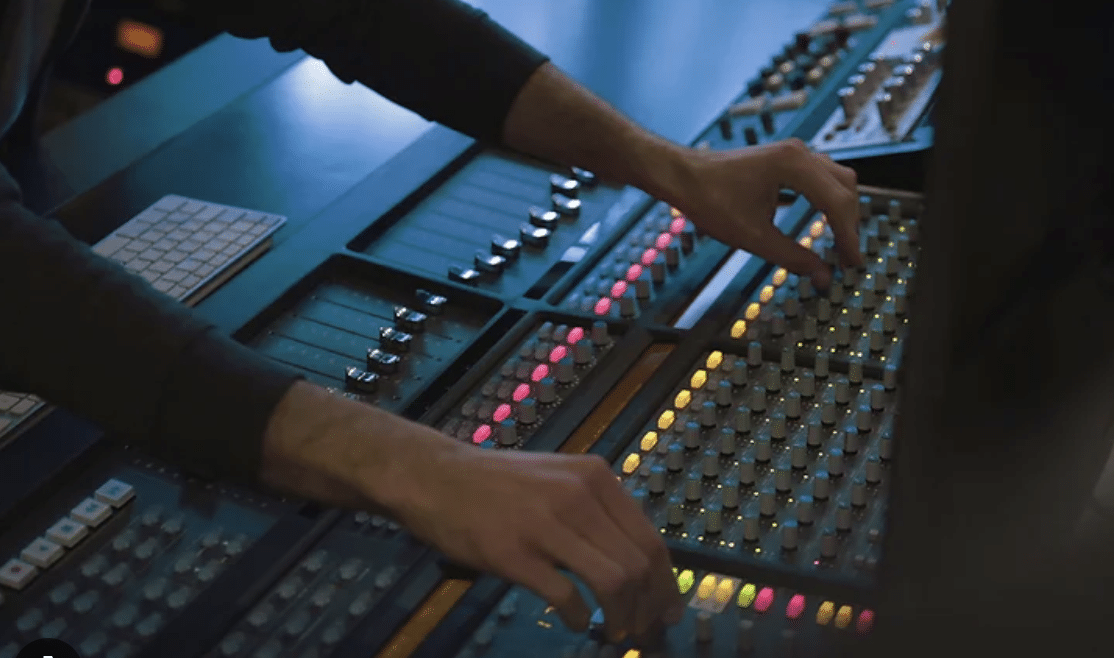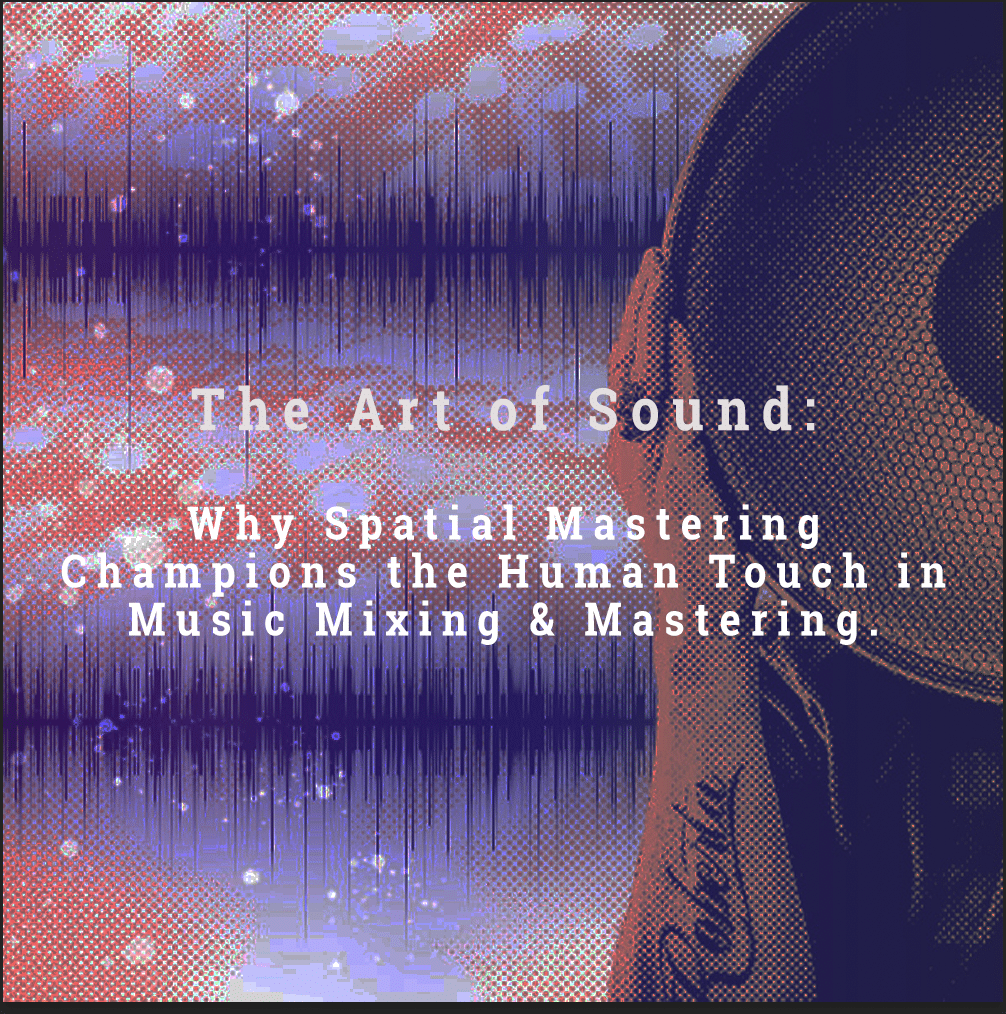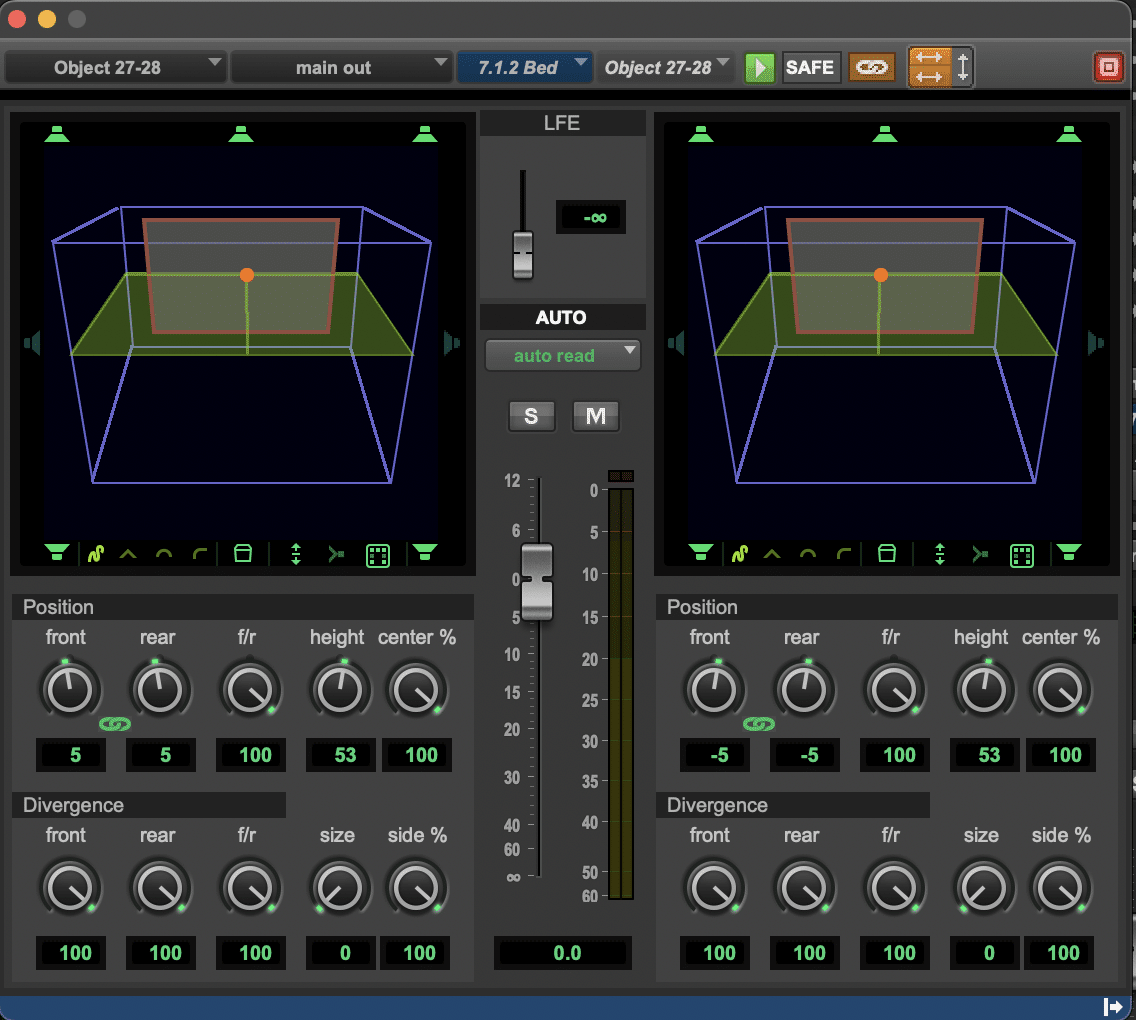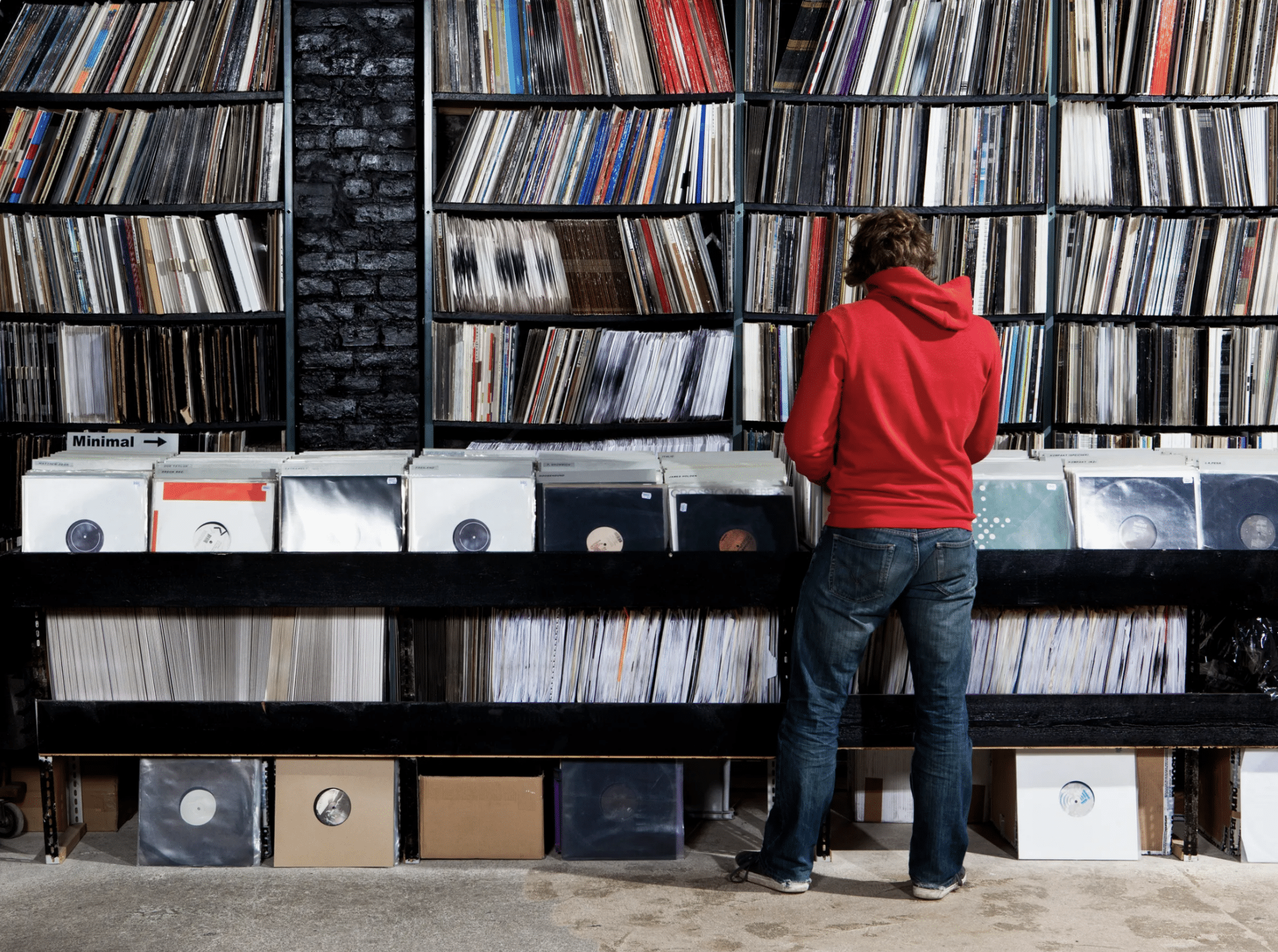
Why Go Spatial? Your 2025 Guide to Releasing Music in Dolby Atmos.
By Spatial Mastering, London – Updated 5 May 2025 Welcome to the Future of Music.If you’ve ever wanted your music to surround your fans, vocals
Introduction
Mastering audio is a delicate process that balances the technical and creative aspects of sound engineering. It involves optimising a recording for various playback systems, ensuring consistency and producing a polished final product. The history of mastering can be traced back to the early days of recording sound, evolving alongside technology to become the sophisticated process it is today. This article will discuss the art of mastering audio, including its history, its importance in the music business, and the techniques engineers use to make listening experiences that stick with you.
Mastering Studio.
The Origins of Mastering
The mastering history can be traced back to the late 19th century when Thomas Edison invented the phonograph, the first device capable of recording and playing sound. Initially, recordings were made directly onto wax cylinders, with the performance engraved in real-time. These recordings had to be carefully handled, as any variation in the playback speed or equalisation could result in an altered listening experience.
As technology progressed, the introduction of the gramophone and vinyl records in the early 20th century significantly improved sound quality. However, the limitations of these formats, such as their narrow frequency range, required engineers to modify the original recordings to suit the medium. This process was the birth of what would later become known as “mastering.”
wax Cylinders.
The Emergence of Tape Recording and the Modern Mastering Studio
The invention of magnetic tape recording in the 1940s revolutionised how music was captured, edited, and reproduced. Tape offered greater flexibility, improved sound quality, and the ability to overdub, making it a popular choice for studios worldwide. As a result, engineers began to experiment with new techniques, such as equalisation, compression, and limiting, to enhance the overall sound quality and prepare recordings for mass production.
During the 1950s and 1960s, the mastering engineer’s role became increasingly specialised, with dedicated mastering studios emerging to cater to the growing demand. Pioneering engineers such as Doug Sax, Bernie Grundman, and Bob Ludwig helped shape the art of mastering during this period, setting the stage for the next technological advancements.
Digital Revolution and the Impact on Mastering
The introduction of digital technology in the late 1970s and early 1980s marked a significant shift in the mastering process. Digital Audio Workstations (DAWs) and Compact Discs (CDs) revolutionised how music was recorded, edited, and distributed. With the increased dynamic range, reduced noise, and longer playing time afforded by digital formats, mastering engineers had more creative freedom and precision than ever before.
However, the digital revolution also brought challenges. The “Loudness War” emerged as a side effect of digital mastering, as engineers competed to create the loudest recordings possible to stand out in the crowded market. This often led to mixes that were too tight, distorted, and tiring, sacrificing dynamic range for perceived loudness.
In recent years, the industry has seen a pushback against the Loudness War, with streaming services implementing loudness normalisation algorithms and engineers advocating for more dynamic and balanced masters.
The J37 four-track studio tape recorder, Willi Studier, 1964.
The Art of Mastering Audio Today
The modern mastering process involves a combination of technical knowledge, creativity, and finely tuned listening skills. Engineers use an array of tools and techniques to shape the sound, including:
Mastering is the final and crucial step in the music production process. It ensures that a recording is polished, balanced, and optimised for distribution across various platforms and playback devices. Today, mastering engineers have access to advanced digital tools and techniques that allow them to fine-tune every aspect of a track. This article will explore the art of mastering audio in the modern era, focusing on contemporary techniques, technology, and industry trends.
Modern Loudness Meters.
The Mastering Process: Techniques and Tools
Contemporary mastering combines technical knowledge, creativity, and finely tuned listening skills. Engineers use an array of tools and techniques to shape the sound, including:
The mastering process also involves sequencing, adjusting track gaps, and embedding metadata to prepare the track for distribution.
Digital Audio Workstations and Plugins
Modern mastering engineers primarily work in digital environments, using Digital Audio Workstations (DAWs) such as Pro Tools, Logic Pro, or Steinberg’s Wavelab. These platforms offer a range of built-in tools and third-party plugins specifically designed for mastering applications.
Pro tools session.
Some popular mastering plugins include:
In addition to software-based tools, many mastering engineers still incorporate analogue hardware into their workflows, blending the best of both worlds to achieve the desired sound.
The Impact of Streaming Services and the Loudness War
As streaming services dominate the music consumption landscape, the mastering process has adapted to meet these platforms’ unique challenges and requirements. Most streaming services, such as Spotify, Apple Music, and YouTube, use loudness normalization algorithms to ensure a consistent listening experience. This has led to a renewed focus on dynamic range and tonal balance in mastering.
The loudness normalisation has also signalled a shift away from the “Loudness War,” a phenomenon that saw engineers pushing tracks to their maximum loudness at the expense of dynamic range and sound quality. Today, mastering engineers care more about making a sound that is balanced, dynamic, and interesting and that works well in different listening environments.
Conclusion
The art of mastering audio today combines advanced digital tools, tried-and-true techniques, and an emphasis on creating an engaging and dynamic listening experience. As technology changes, mastering engineers will keep adapting and coming up with new ways to ensure the music we hear is always polished and interesting.
Spatial Mastering.
London 2023

By Spatial Mastering, London – Updated 5 May 2025 Welcome to the Future of Music.If you’ve ever wanted your music to surround your fans, vocals

In the realm of mastering, analog equipment has long been revered for its distinct contribution to the final sound of a recording. Although digital tools

In the dynamic world of music production, the discussion between the allure of technology and the timeless value of the human touch is particularly poignant

When you listen to a song, imagine the music enveloping you, the various instruments and vocals moving around you in a three-dimensional space, or even

Introduction. Vinyl records have made a remarkable comeback, capturing the hearts of vinyl aficionados and record label enthusiasts with their undeniable warmth, nostalgic appeal, and